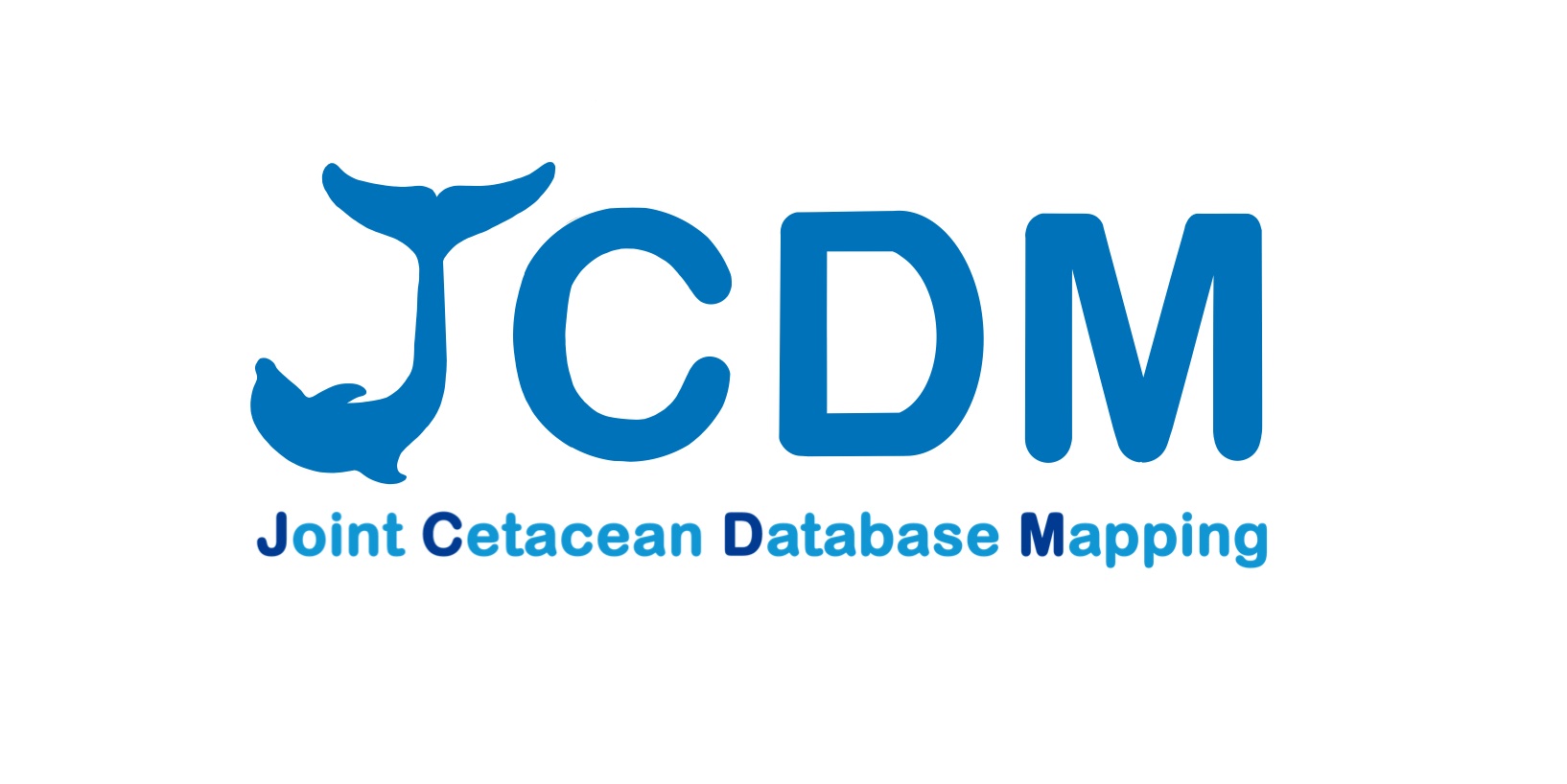What is JCDM
Joint Cetacean Database and Mapping (JCDM) is an initiative resulted from a joint effort of the Department of Statistical Science (DSS) and the Department of Environmental Biology (DBA) of the University of Rome “La Sapienza” supported by different institution and entities acting in the field of marine conservation at the Mediterranean level. Advancements in cetaceans monitoring technology, and government initiatives such as those driven by EU Directives and the public interests, enable far greater data collection on cetaceans’ data. These data continue to broaden our understanding of cetaceans’ presence, abundance distribution, and habitat use, supporting the identification of the critical habitats they depend on throughout their life cycle. While the amount of cetaceans’ data grows exponentially, efforts to combine them into model outputs and make them readily available and understandable have lagged behind. By transforming complex data into accessible knowledge, we provide some effective tools to support management actions for the conservation of cetaceans’ species.Goals
JCDM main goal is to collect and synthesize the existing knowledge using novel modelling approaches and provide easy access to modelling results. Goals are achieved through the development of Tools that include:Georeferenced Database
A comprehensive georeferenced Database of marine mammals’ data composed by:
- Presence data from different sources such as existing geoportals (i.e. OBIS SEAMAP, GBIF).
- Data from dedicated monitoring surveys collected from different research platforms.
- Presence only data extracted from social media.
- Presence data resulting from the photo identification of the individuals collected from dedicated monitoring surveys.
- References to statistical models employed to deal with specific data features addressed in case studies and publications of the team (point process models for presence-only data, mark-recapture models for residency patterns).
- A repository of R codes implementing the proposed statistical models freely available to the scientific community.
JCDM engine allows to:
- Elaborate the presence data at different levels by aggregating at species and spatial level, in the form of interactive descriptive maps and reporting tables.
- Visualize the case studies.
- Represent the model results in the form of descriptive maps and tables.
- Download the data and the model results.


